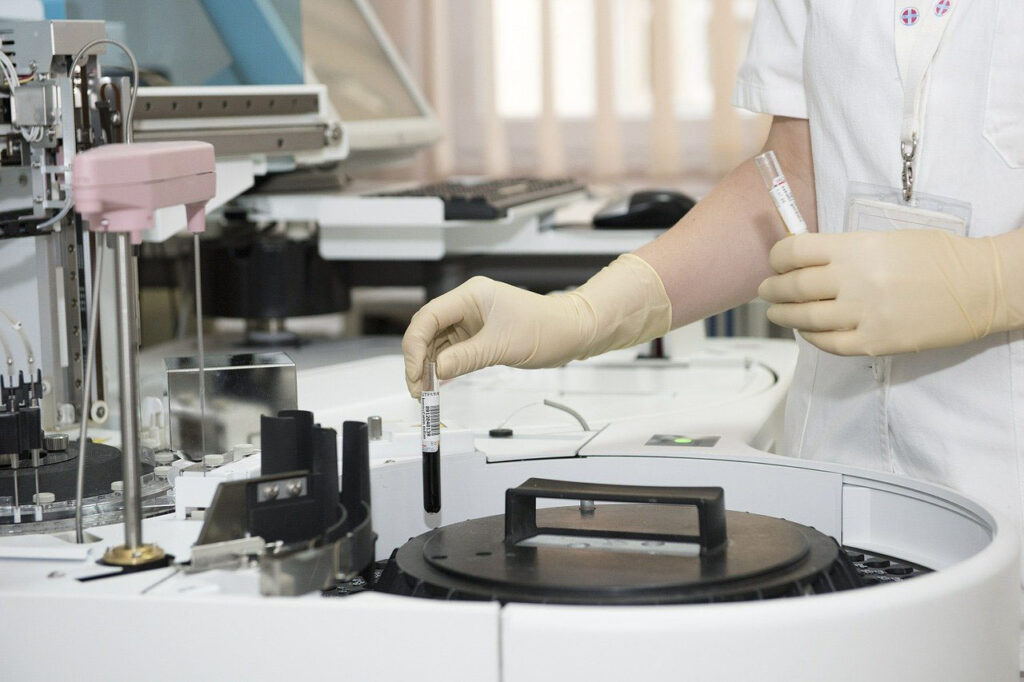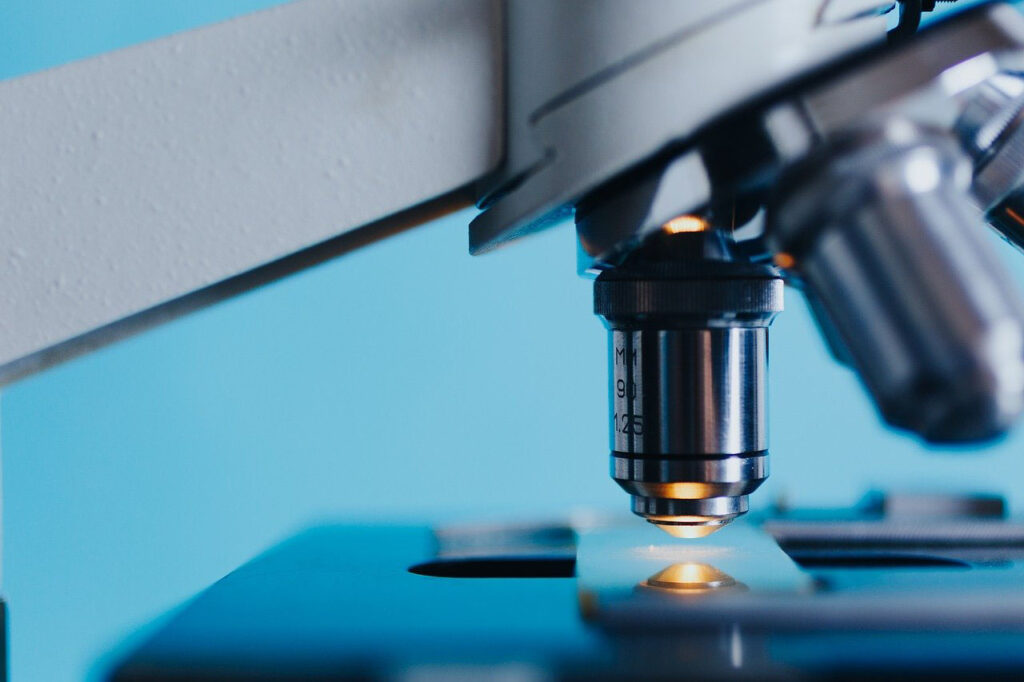The covid-19 was reported to have begun in Wuhan, China, after a 55-year-old man got infected on November 17, 2019. The virus soon spread to Iran and onwards until almost every country of the world got affected. This was when the WHO changed the status of the new virus from a simple epidemic to a global pandemic on March 11, 2020. Over the past year, millions of individuals all over the world have gotten infected by the virus, and as the world now faces a third wave of Covid-19, everyone is in need of an effective cure more than ever before.
Drug Therapies for COVID-19 and its Limitations
Numerous medications are currently being prescribed to those affected by the virus, as there is still no cure for the disease. One of the most popular drugs that are prescribed includes:
- Remdesivir: This is a type of nucleotide analog, which is most frequently prescribed for the infection
- Lopinavir- ritonavir: This belongs to the class of protease Inhibitors.
- Oseltamivir: This drug is a type of Neuraminidase inhibitor.
- Umifenovir: This drug belongs to the class of small molecules and is only prescribed in China and Russia.
- Lamivudine, Disoproxil, and Tenofovir: These drugs are a type of DNA synthesis inhibitors
- Hydroxyl Chloroquine and Chloroquine: These belong to the class of Antimalarial drugs.

However, despite their frequent prescription for the management of Covid-19 infection, these drugs have some limitations as well. Studies have shown that the Covid-19 strains belonging to different countries like China, Australia, and the USA, have mutations, making them slightly different from each other. More specifically, these mutations are found to exist mainly on amino acids 62 and 84 of the COVID-19 virus, which are of the type Single Nucleotide Polymorphisms. The genomic analysis that was conducted on these mutated strains has shown that these mutations might make them immune from the medications that were previously effective for them and hence lead to an even more rapid spread of these in the population. These challenges inhibit the development of a successful cure for the infection in the form of drug therapy, and there is now a need for other methods of treatment for highly variant virus strains like the Influenza and Covid-19. (1)
What is the CRISPR-Cas13 System?
The CRISPR system stands for Clustered Regularly-Interspaced Short Palindromic Repeats and may be used as a genome-editing tool not only for the diagnosis but the treatment of numerous conditions. The CRISPR-CAS system is mainly divided into two classes known as Class 1 and Class 2, which can then be further divided into six types and 19 subtypes. The CRISPR-Cas 13 system consists of four protein families, which include the Cas13a, Cas13b, Cas13c, and Cas13d. This system is known for its ability to cause robust eukaryotic gene expression and repression at the post-transcriptional levels. This, in turn, allows it to modify the encoded information in the genome, which is found at the RNA level. (2)

CRISPR-Cas13 System For Covid-19 and Influenza
By Nguyen et al.
An approach using the CRISPR-Cas13 system was designed by Nguyen and colleagues, who belonged from the Beth Israel Deaconess Medical Center, United States, to allow efficient and accurate targeting of the RNA molecules. The way this system works is that it causes grinding of the RNA genome of the Covid-19 virus, which in turn significantly limits its ability to reproduce in the host and be transmitted to others. It is made sure that the RNA genome of Covid-19 is specifically targeted by this approach by the use crRNAs. These crRNA work by specially targeting the replicase-transcriptase molecules and Spike genes found in the Covid-19 virus. Moreover, a specific gene found in the Covid-19 virus, known as the RdRp gene, proves to be an optimal target site for the CRISPR/Cas13 system, which causes its degradation. (3)
By Abbott et al.
The CRISPR-Cas13 system introduced by Abbott is known as the PAC-Man system, which stands for Prophylactic Anti-viral CISPR in human cells. The main purpose of the development of this system is to efficiently inhibit the action of the Covid-19 virus. Studies conducted to test the efficacy of this system showed that it was successfully able to degrade the genomic sequence of the SARS-Cov-2 virus and the influenza virus, which was found in the body cells. This shows that the PAC-Man approach can be used for the treatment of the Covid-19 infection, particularly the new strains that are emerging and causing a third wave of the virus. (4)
By Frejje et al.
Influenza is a very commonly encountered infection which is caused by the Influenza virus, and previously there was no cure for it. A potential treatment for Influenza was recently proposed by Frejje et al. at Harvard University, where he talked about the important role of the Cas13 enzyme. This enzyme, when used in cell culture, can effectively inhibit three types of ssRNA virus replication, which include the Influenza A virus, Choriomenengitis Virus, and the Vesicular Stomatitis virus. The efficient reduction of the RNA of the Influenza virus in mammalian cells was demonstrated by the action of crRNA directed Cas13 enzyme. (5)
Benefits of Using CRISPR-Cas13 System
The CRISPR-Cas13 appears to be much safer than other systems, as it causes a phenotypical loss of function of the targeted gene without causing any significant genomic losses. This system is also considered very flexible as it does not require the Cas9 protein on its adjacent motif, and efficiently allows the designing of a guide for the RNA to apply any sequence to the target viral genome. It also allows the targeting of the new variants of the virus as they emerge and cause disease, as its designing process is much quicker and facilitates an early treatment. Moreover, its ability to target RNA instead of DNA also prevents the chances of any mismatches and accidental mutation in the individual. CRISPR-Cas13 system has the potential to be an extraordinary treatment option for not only Influenza but also the newly emerging variants of Covid-19, which have taken the world by storm. (6)
Works Cited:
- Khodavirdipour A, Piri M, Jabbari S, Khalaj-Kondori M. Potential of CRISPR/Cas13 System in Treatment and Diagnosis of COVID-19. Glob Med Genet. 2021;8(1):7-10. doi:10.1055/s-0041-1723086
- Lotfi M, Rezaei N. CRISPR/Cas13: A potential therapeutic option of COVID-19. Biomed Pharmacother. 2020;131:110738. doi:10.1016/j.biopha.2020.110738
- Kumar P, Malik YS, Ganesh B, et al. CRISPR-Cas System: An Approach With Potentials for COVID-19 Diagnosis and Therapeutics. Front Cell Infect Microbiol. 2020;10:576875. Published 2020 Nov 2. doi:10.3389/fcimb.2020.576875
- Abbott TR, Dhamdhere G, Liu Y, et al. Development of CRISPR as an Antiviral Strategy to Combat SARS-CoV-2 and Influenza. Cell. 2020;181(4):865-876.e12. doi:10.1016/j.cell.2020.04.020
- Freije CA, Myhrvold C, Boehm CK, Lin AE, Welch NL, Carter A, Metsky HC, Luo CY, Abudayyeh OO, Gootenberg JS, Yozwiak NL, Zhang F, Sabeti PC. Programmable Inhibition and Detection of RNA Viruses Using Cas13. Mol Cell. 2019 Dec 5;76(5):826-837.e11. doi: 10.1016/j.molcel.2019.09.013. Epub 2019 Oct 10. PMID: 31607545; PMCID: PMC7422627.
- Granados-Riveron JT, Aquino-Jarquin G. CRISPR-Cas13 Precision Transcriptome Engineering in Cancer. Cancer Res. 2018 Aug 1;78(15):4107-4113. doi: 10.1158/0008-5472.CAN-18-0785. Epub 2018 Jul 18. PMID: 30021724.
